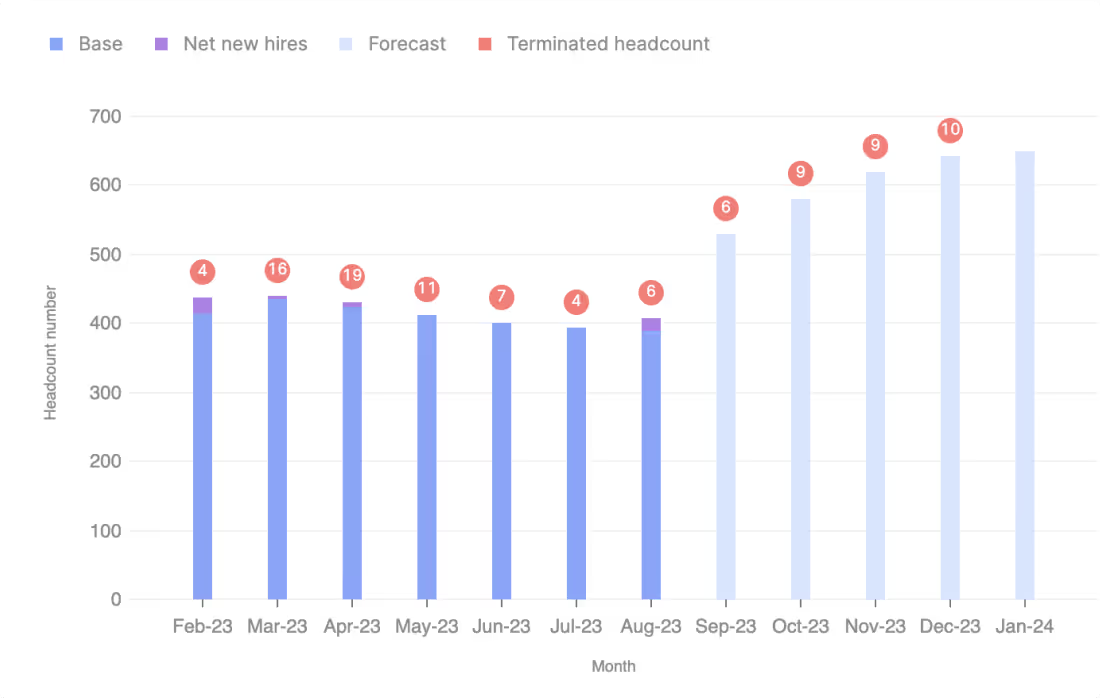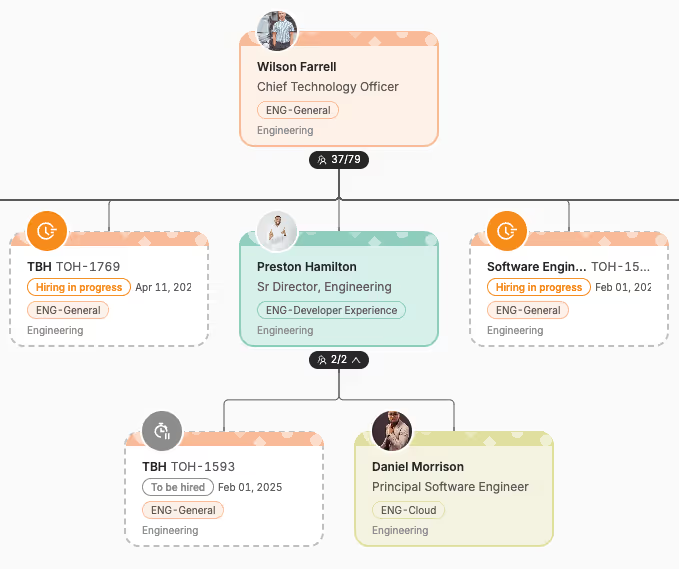How often does data from Workday refresh in TeamOhana?
The sync between TeamOhana and Workday updates once every hour.
Do you automatically detect changes to employment information when they occur in Workday?
Yes we do! All changes made in Workday, whether it's a reporting manager update, a pay raise, or a name change will all be captured in the employee's profile in TeamOhana - no manual updates necessary.
Does TeamOhana require Workday position management to function?
No, TeamOhana works with or without Workday position management. Without position management, TeamOhana creates headcount IDs that map directly to ATS openings and then reconciles with employees in Workday. Using position management adds complexity but can be integrated if required, with TeamOhana pushing to position management which then flows to your ATS.
What components from Workday job architecture does TeamOhana need?
TeamOhana needs job families and job levels associated with hiring locations and pay zones, but doesn't need job descriptions or complete profile details. During implementation, TeamOhana imports your job architecture from a file export, allowing it to auto-populate compensation information based on selections. The job architecture data is updated periodically rather than in real-time.
How does TeamOhana reconcile employees between systems?
TeamOhana automatically matches employees across systems using algorithms and identifiers like email address and name. When an employee is hired through the ATS and appears in Workday, TeamOhana links them to their originating headcount. For unmatched records, TeamOhana flags them for manual reconciliation through a simple interface.
Does TeamOhana auto-update when job architecture changes in Workday?
No, TeamOhana doesn't automatically update when changes occur in Workday's job architecture. Instead, organizations send updated job architecture files when ready (typically quarterly or annually). This controlled approach prevents unexpected changes in compensation bands from automatically affecting budget forecasts without review.







